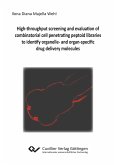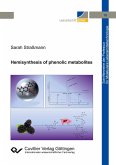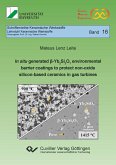This book describes a novel strategy to design magnetic paper materials and gain a deeper understanding for the bending behavior of paper-based magnetic actuators upon the application of an external magnetic field. Magnetic paper sheets have been prepared by using different strategies, including the physical entrapment of magnetic beads within surface-attached polymer networks and the covalent attachment of polymer-modified magnetic particles to cellulose fibers. After preparation, the magnetic paper sheets have been characterized with respect to the loading degree, wetting properties, morphology and magnetism by using different methods. Furthermore, paper-based actuators have been fabricated and the bending behavior of such actuators within an external magnetic field has been studied in detail. Thereby, a simple model has been developed to understand the bending behavior of magnetic paper in more depth. In addition, first concepts for the use of magnetic paper sheets in high-tech applications, including magnetic fluid shutters, that allow the fluid transport between adjacent paper sheets, are described.








